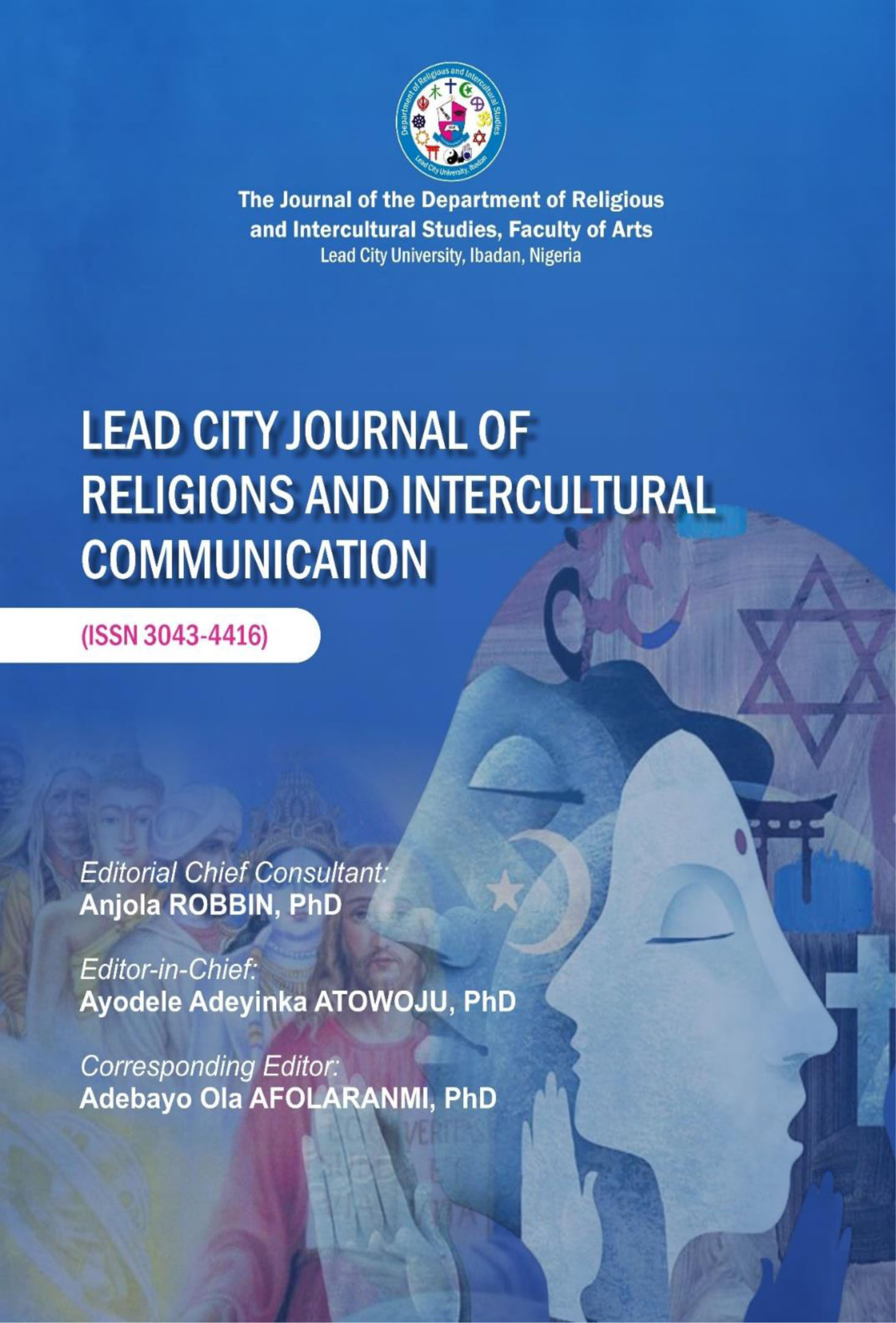Towards Understanding Ibadan Traditional and Religious Systems Before and After the Advent of Christianity
Keywords:
Advent of Christianity in Ibadanland, Egúngún (masquerade), Ibadan political and administrative system, Ibadan Traditional and Religious Systems, Ibadanland, Okebadan, OlubadanAbstract
Long before the colonial interruption or the advent of Christianity in
Ibadanland, the Yoruba people had been exhibiting their republican nature by
relentlessly subverting their kingship institution through civil disturbances and
rebellions. This made some groups of people to settle in what is now known as
Ibadanland after the fall of Oyo Empire. This paper aims to briefly introduce the
readers to the traditional and religious life in Ibadanland in the nineteenth
century, the time of the advent of Christianity in the city, the political and
administrative setting, and the religion of the people of Ibadanland on the eve
of the advent of the Christian religion. The paper adopted historical research
design to achieve this as systematic literature review was done on some
literature about Ibadanland. It was found out that Ibadan people were
traditional worshippers with egúngún (masquerade) and Okebadan as the
major religious festivals of the people. Islam came before the Hinderers led
some people to introduce Christianity to the people. Ibadanland has had a wellestablished traditional political and administrative system of Baale-in-Council
that later metamorphosed to Olubadan-in-Council. There has been an almost
seamless succession plan to the throne of Baale, now Olubadan, of Ibadanland.
Olubadan has become the symbol of unity in Ibadanland as other institutions
are mere agents of unity or catalysts for concretizing that unity. As
recommendations, the strengths and the weaknesses in the traditional and religious life of Ibadan people and administrative systems are to be revisited in
the light of the advent of Christianity and modernization in the city.

